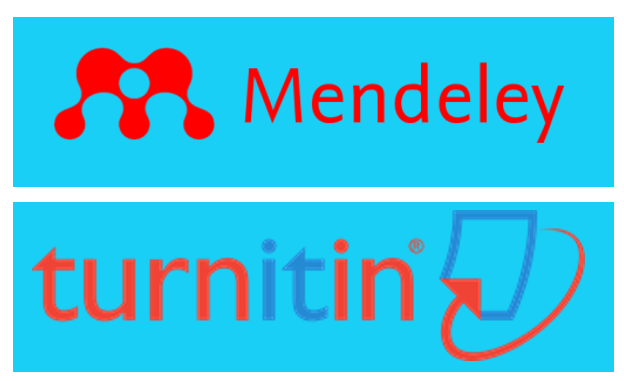A comparative study of Tetum prepositions and Makasae postpositions
DOI:
https://doi.org/10.32734/m33yhr67Keywords:
Tetum, Makasae, Prepositions, Postpositions, Syntactic StructuresAbstract
This study examines the syntactic roles of prepositions in Tetum and postpositions in Makasae, with a focus on their functions in conveying spatial and relational concepts. Tetum, an Austronesian language spoken in East Timor, and Makasae, a Trans-New Guinea language spoken in Timor-Leste's eastern districts, employ different syntactic structures for conveying relationships between noun phrases and other sentence elements. While Tetum uses prepositions such as "iha" (at) that precede the noun phrase, Makasae uses postpositions such as "isi e'e," "isi we'e," and "isi wo'i," which follow the noun phrase to express similar spatial relations. The research employs a qualitative methodology, using elicitation and interviews with native speakers of both languages. Native speakers of Makasae were asked to produce sentences using "isi e'e," "isi we'e," and "isi wo'i" in various syntactic contexts, while interviews provided insights into the intuitive use of these postpositions across different speech settings. The collected data was analyzed thematically to identify patterns in the syntactic behavior of these postpositions and to compare them with the prepositional system of Tetum. Findings reveal that "isi e'e," "isi we'e," and "isi wo'i" function similarly to prepositions in English, such as "in" or "at," but differ in their syntactic placement, as they follow the noun phrase in Makasae. This contrasts with the prepositional structure of Tetum, where prepositions like "iha" precede the noun phrase. Despite these syntactic differences, both languages convey spatial and relational meaning effectively, highlighting the typological diversity within the Austronesian and Papuan language families.
Downloads
References
Adelaar, A., & Schapper, A. (Eds.). (2024). The oxford guide to the Malayo-Polynesian languages of Southeast Asia. Oxford University PressOxford. https://doi.org/10.1093/oso/9780198807353.001.0001
Boas, E. van E., Rijksbaron, A., Huitink, L., & Bakker, M. de. (2019). Prepositions. In The Cambridge Grammar of Classical Greek (pp. 383–397). Cambridge University Press. https://doi.org/10.1017/9781139027052.032
Dryer, M. S. (2013). Word order in languages of the world. In M. S. Dryer & M. Haspelmath (Eds.), The World Atlas of Language Structures (pp. 330-335). Oxford University Press.
Fera, A. (2019). Prepositions and their syntactic use in Albanian and English. Knowledge International Journal, 31(2), 571–574. https://doi.org/10.35120/kij3102571f
Hajek, J. (2007). Language contact and convergence in East Timor:The case of Tetun Dili. In Grammars in Contact (pp. 163–178). Oxford University PressOxford. https://doi.org/10.1093/oso/9780199207831.003.0006
Haspelmath, M. (2007). Prepositions and postpositions. In E. K. Brown (Ed.), The Oxford Handbook of Linguistic Typology (pp. 211-235). Oxford University Press.
Lakoff, G., & Johnson, M. (1980). Metaphors we live by. University of Chicago Press.
Lima, F. (2019). Makasae language structure: Syntax and typology. Journal of Austronesian Linguistics, 45(2), 145-160.
Pollard, C., & Sag, I. A. (1994). Head-driven phrase structure grammar. University of Chicago Press.
Pujiono, M., Gapur, A., & Taulia, T. (2023). Elipsis Posposisi Bahasa Jepang dalam Komik Akira Karya Hiromasa Okushima. Ranah: Jurnal Kajian Bahasa, 12(1), 51. https://doi.org/10.26499/rnh.v12i1.2442
Sato, Y. (2017). Makasae: A Timorese language and its sociolinguistic context. Pacific Linguistics, 32(1), 1-18.
Downloads
Published
Issue
Section
License
Copyright (c) 2025 Antonio Constantino Soares (Author)

This work is licensed under a Creative Commons Attribution 4.0 International License.
- Authors agree to publish their work under the Creative Commons Attribution 4.0 International (CC BY 4.0) license.
- Authors retain copyright to their work and may reuse or distribute it.
- HUMANIOLA reserves the right to request revisions and make final publication decisions.
- Authors are responsible for ensuring that their work does not infringe upon third-party copyrights.
- Archiving in digital repositories may be done for long-term access and preservation.






